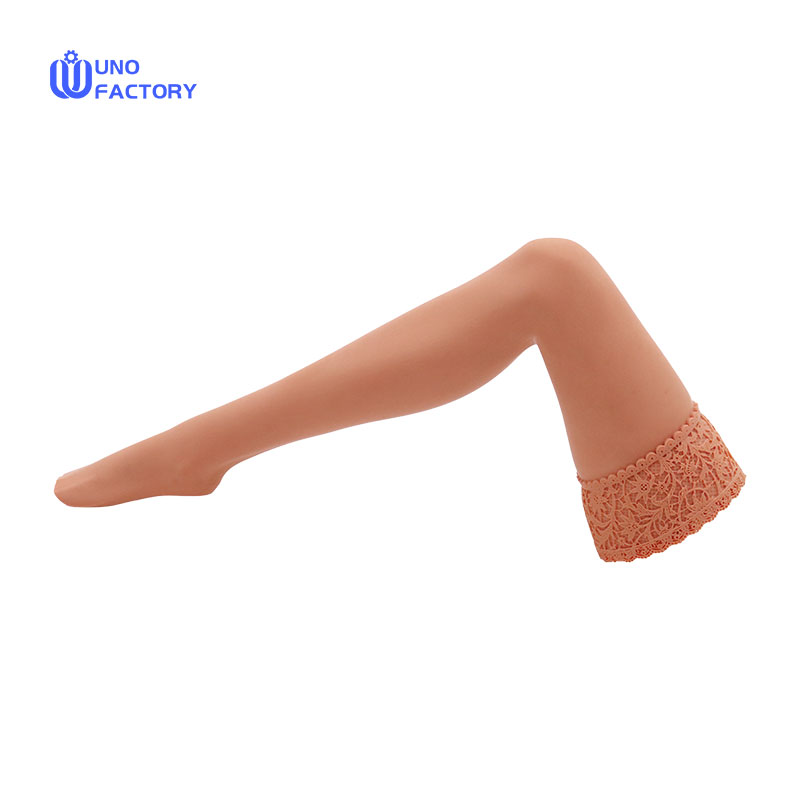Time to read: 6 min

Abstract
3D printing technology is widely popular for its ability to quickly manufacture complex parts. However, ensuring that 3D printed parts possess adequate structural integrity and strength for practical applications requires a series of measures. This article will explore how to enhance the strength of 3D printed parts by adjusting printing settings, selecting appropriate materials, and applying post-processing techniques.
Body
Adjusting Print Settings to Enhance the Strength of 3D Printed Parts
The settings of a 3D printer have a direct impact on the strength of the printed parts. Here are some key suggestions for setting adjustments:
-
Increase Infill Density: Increasing the internal density can significantly enhance the strength of the print, but note that densities above 70% may increase material use and printing time with limited impact on strength.
-
Increase Wall Thickness: Increasing wall thickness can improve the load-bearing capacity of 3D printed parts, with a minimum wall thickness of at least 1.2mm recommended for regular products.
-
Use Thinner Layers: Thin layers lead to better adhesion between subsequent layers, enhancing the overall strength of the printed parts.
-
Choose the Right Infill Pattern: Different infill patterns such as triangular, rectangular, and hexagonal have different mechanical properties, and choosing the right pattern can enhance specific properties of the print.
-
Adjust Flow Rate: Adjusting the flow rate can prevent under-extrusion and over-extrusion issues, improving the uniformity and strength of the print.
-
Modify Line Width: Adjusting the line width according to layer height can optimize extrusion and prevent gaps between layers.
-
Reduce Cooling: Adjust the cooling speed according to the material used to ensure good layer adhesion.
Choosing the Right Material
The choice of material is crucial for the strength of 3D printed parts. ABS, PLA, and PETG are common 3D printing materials, each with different mechanical properties and application scenarios.
- ABS: Suitable for making prints that do not require heavy-duty strength.
- PLA: Has a high tensile strength but is sensitive to light, making it suitable for high-resolution prints.
- PETG: Combines the advantages of PLA and ABS, offering good strength and toughness.
Determining Part Orientation
The orientation of parts on the 3D printer affects the layer adhesion and overall strength of the print. Choosing the right part orientation can reduce stress concentration during printing and improve the durability of the print.
Applying Epoxy Coating to 3D Prints
Post-processing techniques such as epoxy coatings can significantly enhance the surface quality and structural strength of 3D printed parts. Epoxy coatings not only strengthen the print but also provide additional protection and aesthetic appeal.
Other Methods to Strengthen 3D Printed Parts
In addition to the above methods, the strength and durability of 3D printed parts can be further improved through annealing and electroplating techniques.
Conclusion
The potential of 3D printing technology is vast, but achieving high-quality prints requires an in-depth understanding and fine-tuning of the printing process. By adjusting print settings, selecting appropriate materials, and applying post-processing techniques, the structural integrity and performance of 3D printed parts can be significantly enhanced.




